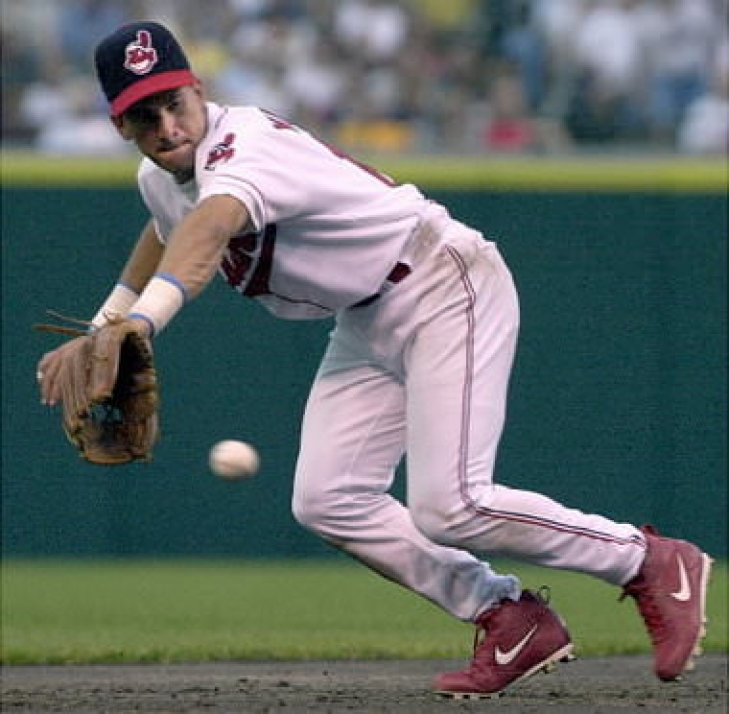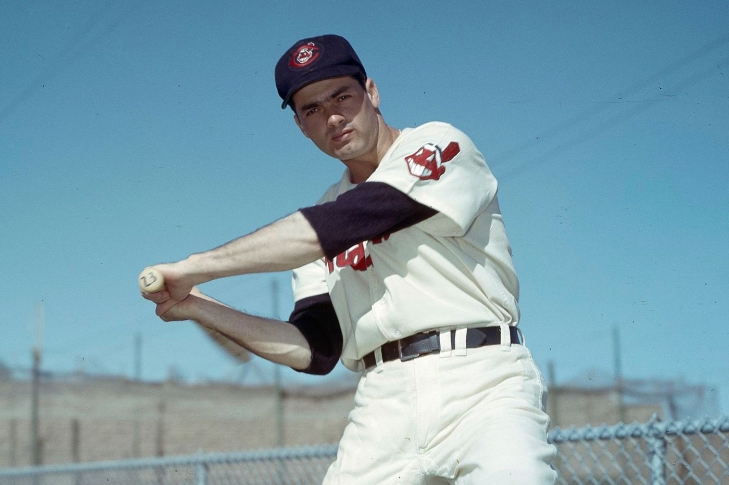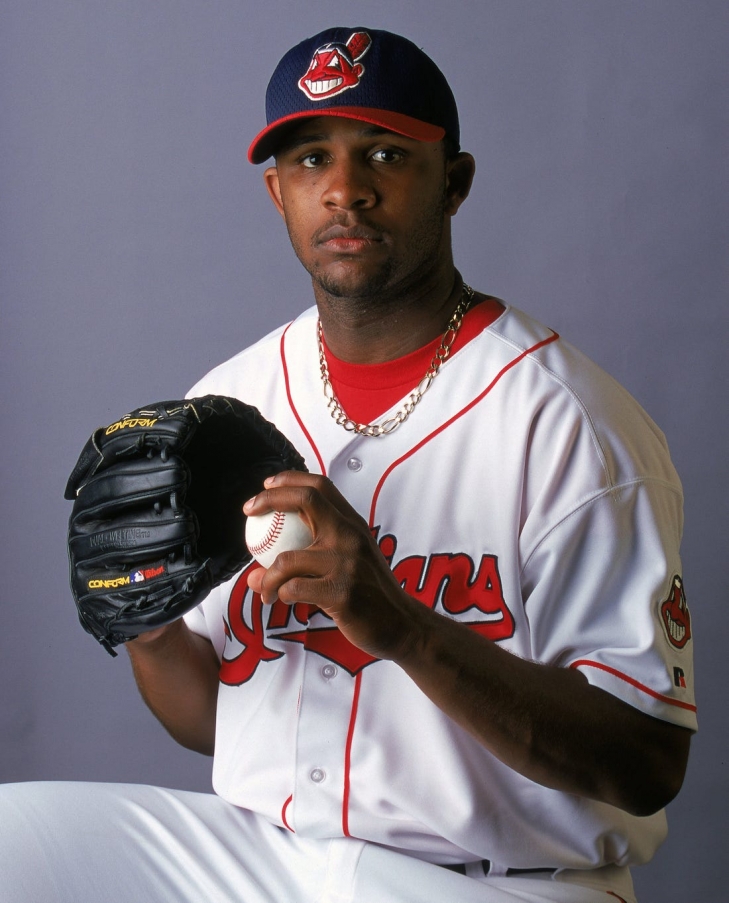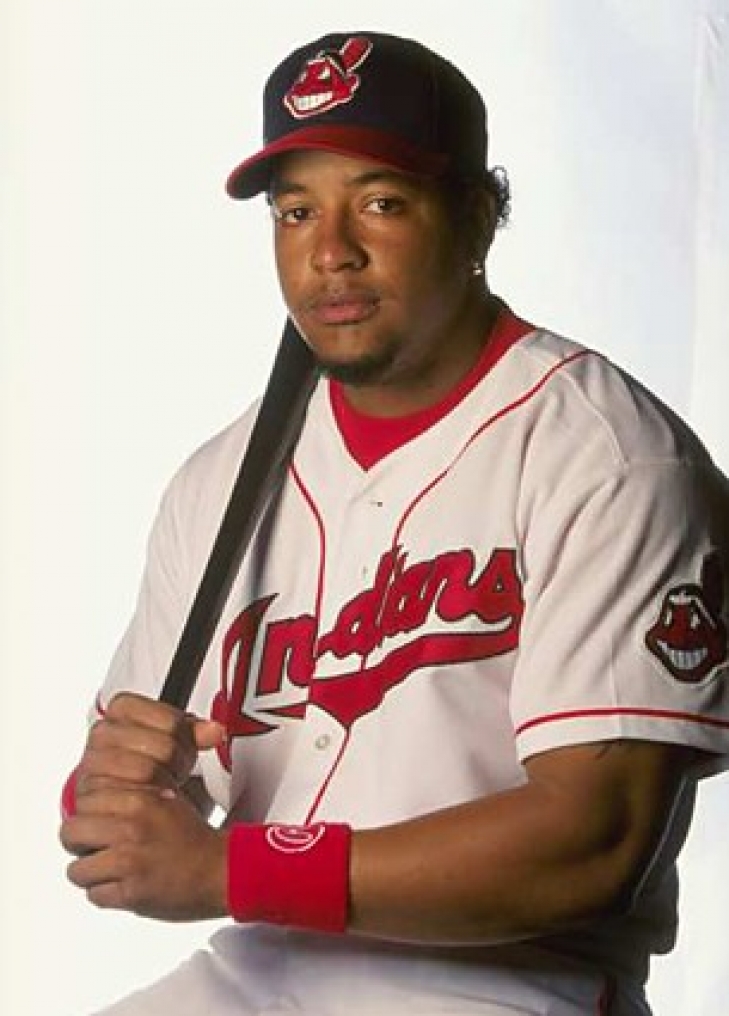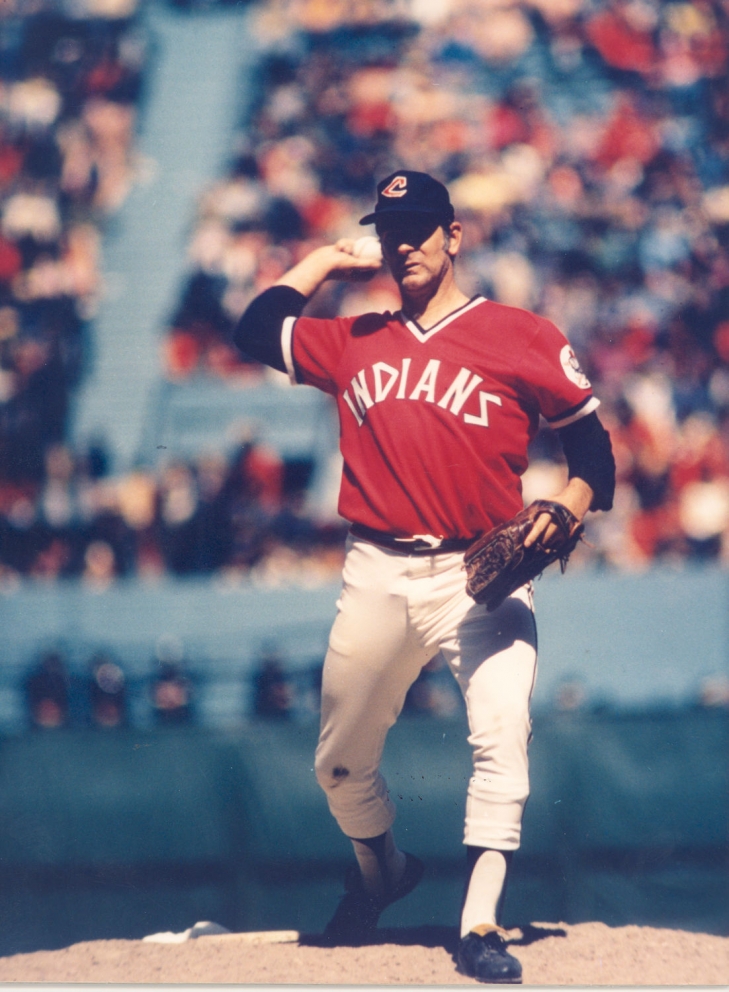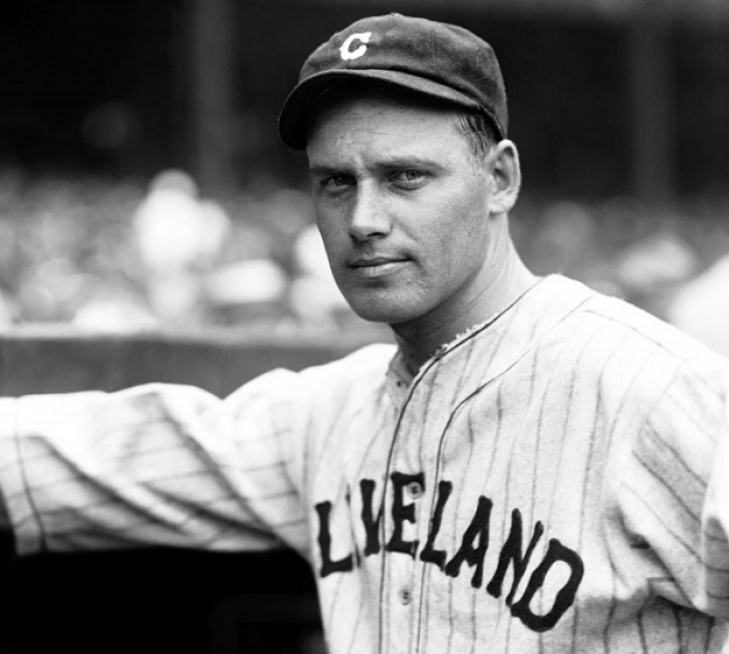40. Grady Sizemore
A throw-in as part of a 2002 trade with Montreal that sent also sent Cliff Lee to the Indians when he was still in the Minors, Grady Sizemore would be the Indians' best position player for a brief spell in the late 2000s.
34. Willis Hudlin
The story of Willis Hudlin is a simple one. He was not a superstar Pitcher, but he was a dependable middle of the rotation starter who could also be used out of the bullpen where needed.
43. Jeff Heath
Born in Canada and raised in the United States, Jeff Heath made his way to the Major Leagues in 1936, where two years later, he was a starting Outfielder with Cleveland.
35. Hal Trosky
Hal Trosky is a fascinating baseball player when it comes to "rating" their overall contributions. Very early in his career, some writers viewed him as the next Babe Ruth, which were about as lofty expectations as you can get. It goes without saying that Trosky was not the next "Bambino," but now historians look at him as one of the best players never to be named an All-Star.
42. Francisco Lindor
As of this writing, Puerto Rican Shortstop Francisco Lindor has played six seasons with the Cleveland Indians, which is the only team he has ever played for at the Major League level.
28. Omar Vizquel
Historically speaking, it is safe to say that one of the best defensive players of all-time is Omar Vizquel, who, as of this writing in ninth all-time in Defensive bWAR. Much of that was accumulated as a member of the Cleveland Indians.
26. Terry Turner
Terry Turner first cracked the big leagues playing two Games with the Pittsburgh Pirates in 1901, but it took him three more years to stick, which happened with Cleveland in the American League.
36. Rocky Colavito
One of the most popular players of his day, Rocky Colavito, was a player that it was hard to hate…even if he was hitting a Home Run against your team.
25. Bill Bradley
A two-year veteran with the Chicago Orphans of the National League, Third Baseman was one of the plethoras of baseball players to leave the NL for the American League's greener pastures, in his case, the then-named Cleveland Blues, which evolved years later to adopt the Indians nickname.
31. C.C. Sabathia
C.C. Sabathia might have been more famous for the second half of his career as a New York Yankee, but the first seven-and-a-half seasons for Sabathia were in Cleveland…and they were damned good ones.
29. Manny Ramirez
“Manny being Manny” might have gained steam and recognition in Boston, but it was in Cleveland where it all began.
33. Gaylord Perry
Gaylord Perry entered the Baseball Hall of Fame in 1991, after a 22-year career. He only spent three-a-half seasons with Cleveland, but arguably it was the best period of his life.
24. Ken Keltner
After a lone game in 1937 for Cleveland, Ken Keltner took over as their starting Third Baseman the following season.
22. Al Rosen
Al Rosen made his first appearance for the Cleveland Indians in 1947, and this would be the only Major League team he ever played for.
20. George Uhle
One of the most underrated players in Baseball's history has to be George Uhle, a Pitcher who spent most of his career with the Cleveland Indians and won an even 200 Games, 147 as an Indian.
23. Wes Ferrell
Wes Ferrell's career began with the Cleveland Indians, where he played a single Game in 1927 and two more in 1928. The Indians were high on Ferrell, and rightfully so, as in 1929, he made their starting rotation, quickly becoming the staff ace the following year.
27. Elmer Flick
Elmer Flick was a star for the Philadelphia Phillies at the turn of the century, and like so many players in the National League, he jumped to the American League when it formed, with his team of choice being the crosstown Philadelphia Athletics. The Phillies filed an injunction that blocked Flick and his former Phillies teammates from playing for the Athletics, but it was filed in Pennsylvania, meaning that it only prohibited him from playing for the Athletics. Along with Nap Lajoie, Flick joined Cleveland.
16. Joe Sewell
Joe Sewell made his major league debut for the Cleveland Indians late in the 1920 season, albeit via tragic circumstances. Purchased from New Orleans of the Southern Association, Sewell was brought in to replace Ray Chapman, who died abruptly when an errant pitch killed him by Carl Mays of the New York Yankees. From tragedy bore treasure for Sewell, who was the starting Shortstop for the Indians team that won the 1920 World Series.
14. Addie Joss
One of the early masters of the curveball, the entirety of Addie Joss Major League career was spent in Cleveland, a team he signed with before the 1902 Season.
10. Kenny Lofton
You could say that the career of Kenny Lofton might be undervalued because of the copious number of teams he played for. Lofton suited up for 11 different teams and the Cleveland Indians three times, which of course, was where he was at his best.







